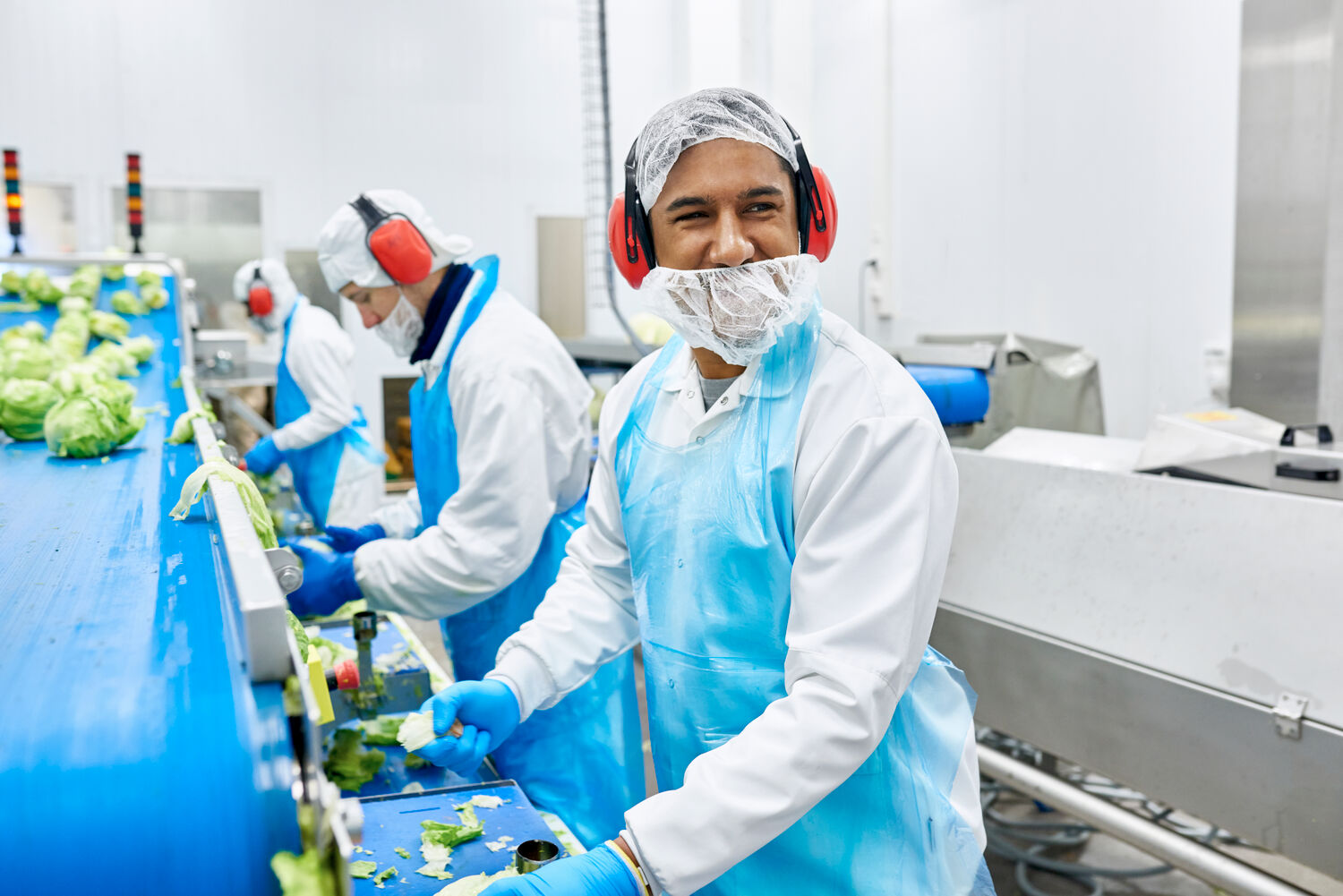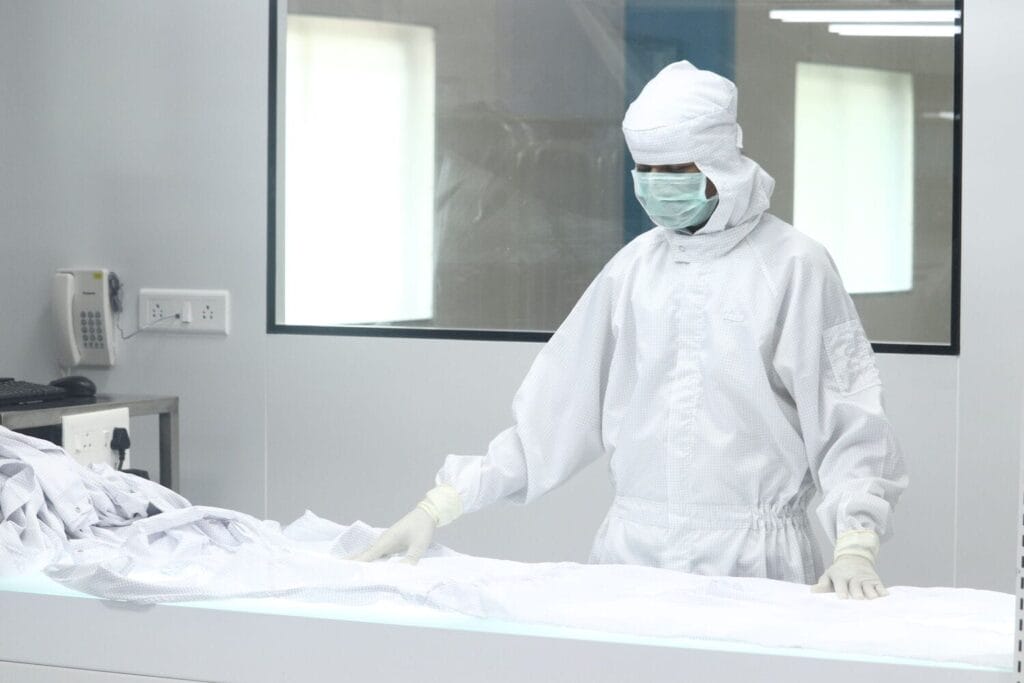Importance of Maintaining Good Hygiene in Dairy Plants
Milk is a perishable food product and easily falls prey to microbial contamination & increased pH levels. This causes dairy products to diminish in quality and taste if proper hygiene measures are not taken in manufacturing and storage conditions.
Maintaining good hygiene is crucial for the dairy industry to:
- Minimise or prevent contamination caused due to entry of pathogens and bacteria from unhygienic milking procedures, equipment, milk contact surfaces, handlers, storage or packaging conditions
- Ensure highest standards of food safety and improved compliance with regulatory practices defined for the dairy industry
- Provide only highest quality and safe dairy products for end consumers
Key Hygiene Practices for the Dairy Industry
Outlined here are important guidelines to maintain high levels of hygiene across all steps of dairy production.
1. Milk Production Hygiene
Cutting-edge automated milk production techniques are fast replacing manual milking processes in top-notch dairy farms. However, proper hygiene training should be imparted to everyone involved in the milking process because the two primary contamination sources here are equipment used and handlers.
- Uphold superior hygiene standards in the milking process through the use of modern equipment and advanced milking monitoring measures
- Prevent contamination through mastitis by proper use of the milking machinery and avoiding over milking
- In-depth training is important to help maintain highest levels of personnel hygiene
2. Dairy Plant Hygiene
Effective cleaning and sanitisation play an integral role in preserving mandatory hygiene measures in dairy processing plants. Plant hygiene typically comprises of three segments – Processing hygiene, Equipment hygiene and Personnel hygiene.
- Lack of knowledge pertaining to equipment handling or functioning of machineries is one of the key reasons causing bacterial contamination in milk and other dairy products. To prevent this, it is crucial to impart proper training and ensure routine monitoring of the equipments’ working performance. Lubricant contamination should also be prevented.
- Not adhering to equipment cleaning & sanitisation standards can also result into contamination through harmful substances such as milk residues, allergens, microorganisms or chemical residues. Therefore, comprehensive cleaning and sterilisation of equipment should be undertaken after milk processing
- Only non-corrosive, industry-approved detergents and disinfectants should be used
- Maintain optimal drainage system in the processing area and ensure abundant water supply for effective cleaning
- Using automatic can washer can help prevent milk surface contamination
- The plant floor should be built from Kota or Mandara tiles, while the dock should be covered with Iron Grid tiles. Ensure regular scrubbing and cleaning of the floor for optimum hygiene
- Maintaining good personal hygiene is also important to produce high-quality, contaminant-free dairy products. People working in the plant unit should enclose themselves in clean & sterilised workwear, including face masks, hair caps and gloves. Reinforced safety boots or shoes should also be used.
- Refrain wearing jewellery or cosmetics inside the production facility
3. Personnel Hygiene
Do you know that human beings are the biggest source of dirt, dust and contamination in a dairy plant, affecting quality & safety of the final product? Keeping this mind, modern dairy farms and production plants should implement stringent personnel hygiene guidelines as mentioned herewith:
- Thoroughly wash hands using a high-quality disinfectant or hand-care product before and after leaving the milk processing or production unit. Every time the hands become soiled; they should be cleaned properly before getting back to the work area. Fingernails should be cut short and clean. Do not use performed hand soaps or lotions. Hands must be properly sanitised for critical production areas.
- Any cut or open sore must be reported to the medical centre and covered by a band-aid type coloured dressing
- Implement use of hygienic and sterilised clothing in dairy plant to prevent product contamination. The workwear should not be worn when away from the production facility or into the toilet, smoking room or canteen. Proper design of hygiene clothing is essential to prevent the skin from coming into contact with the products.
- Wearing hand gloves is mandatory when handling or packaging the dairy products. Feet should be properly covered with high-quality, disposable shoe caps.
- Dairy plants should also give utmost importance to effective workwear laundry. State-of-the-art laundry facility and compliance with highest standards of hygiene is vital for safe, sanitised and reusable clothing
4. Dairy Wastewater Hygiene
Lack of proper measures to manage dairy wastewater is a primary cause of unhygienic work conditions and spreading of contaminants through various sources. At the same time, most dairy farms and production plants do not have sufficient supply of clean & impurity-free water for rigorous cleaning and sanitisation purposes. To maintain proper hygiene and stay compliant to regulatory standards, it is important for dairy plants to implement effective measures for treating dairy wastewater. Some of these methods are Aerobic Treatment, Biological Filtration and Activated Sludge.
Conclusion
Hygiene is one of the key parameters ensuring quality and credibility of any dairy farm or production facility. To comply with industry best practices and ensure highest levels of food safety to end consumers, it is imperative to maintain key hygiene standards and monitor performance.





